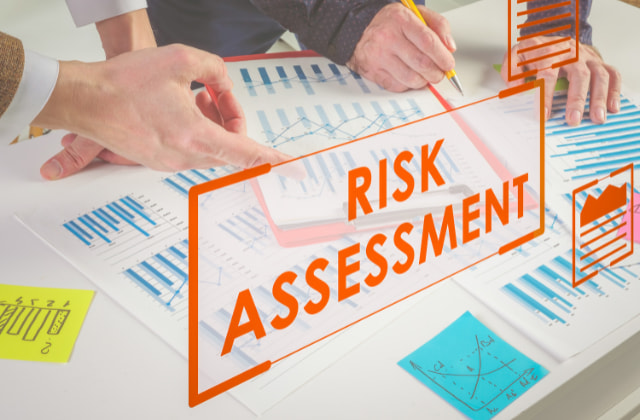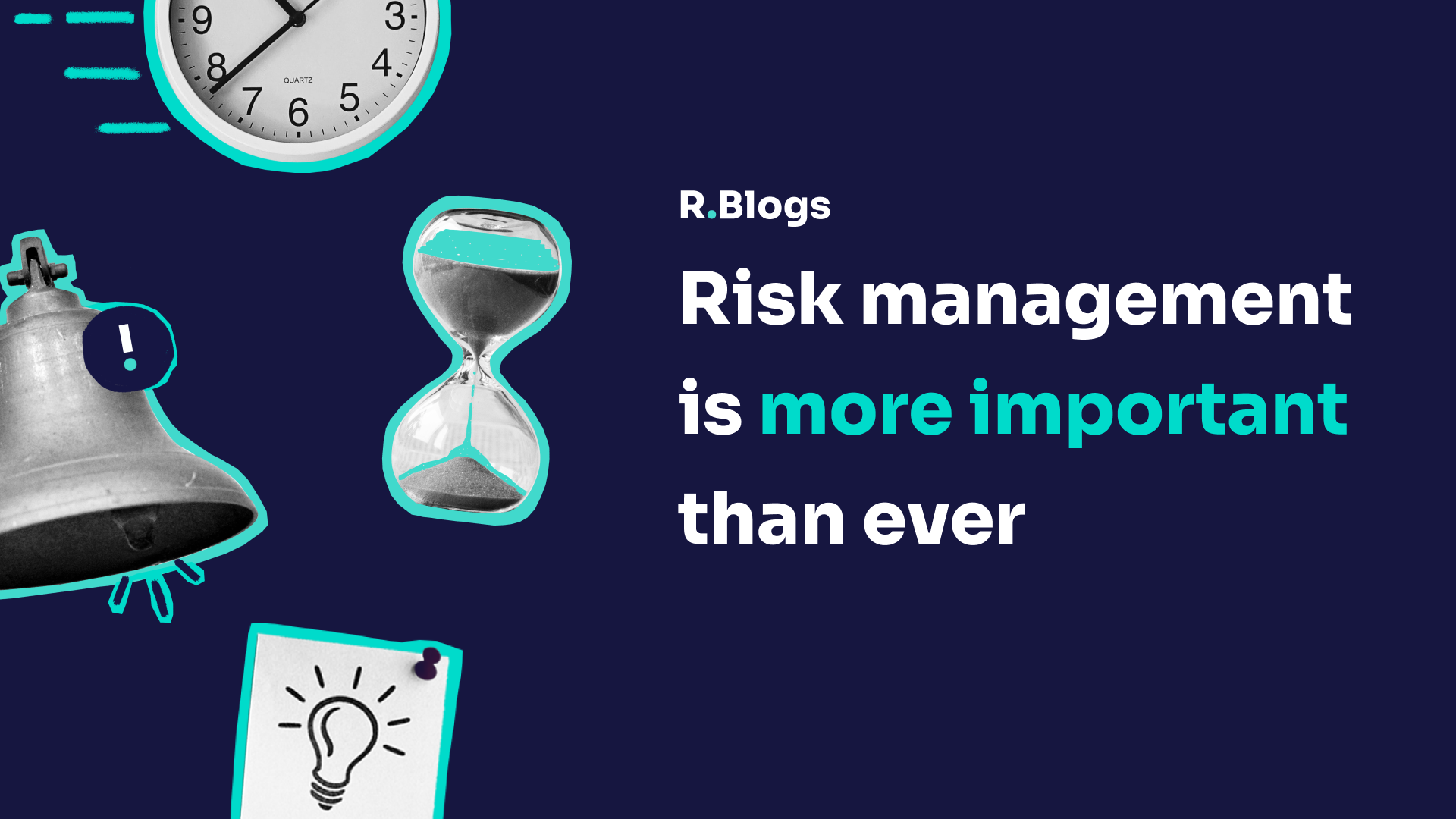The Vital Importance of Risk Management in Protecting Corporate Assets
The Vital Importance of Risk Management in Protecting Corporate Assets
Blog Article
Discovering the Significance of Risk Management for Effective Decision-Making Methods
In the detailed world of company, Risk Management arises as a critical variable in the decision-making process. The capability to determine prospective hazards and possibilities, and strategize accordingly, can lead to the difference between success and failure.
Comprehending the Idea of Risk Management
Risk Management, a vital element in decision-making, is usually misunderstood or oversimplified. Typically, it refers to the identification, examination, and prioritization of risks to minimize, check, and regulate the likelihood or influence of unfavorable occasions. Nonetheless, it's not just concerning avoiding negative outcomes, yet additionally concerning acknowledging potential possibilities. Risk Management includes self-displined and organized approaches, making use of data and informative evaluations. It needs an extensive understanding of the company's context, purposes, and the potential risks that can prevent them. From financial unpredictabilities, legal liabilities, tactical Management errors, to crashes and all-natural catastrophes, it deals with various dangers. Notably, efficient Risk Management is not stationary; it's a constant, positive procedure that progresses with changing situations.
The Duty of Risk Management in Decision-Making Processes
In the world of strategic preparation and service operations, Risk Management plays an integral duty in decision-making procedures. Risk Management therefore ends up being an important tool in decision-making, helping leaders to make enlightened options based on an extensive understanding of the risks entailed. Risk Management offers as an important component in the decision-making procedures of any type of company.
Exactly How Risk Management Improves Strategic Planning
In the context of critical preparation, Risk Management plays an essential function. Initiating with the recognition of prospective risks, it better encompasses the application of Risk reduction measures. The role of Risk Management is not fixed however vibrant, as it demands constant surveillance and adjusting of methods.
Recognizing Possible Risks

Carrying Out Risk Reduction
Risk mitigation approaches can range from Risk avoidance, Risk transfer, to run the risk of reduction. Each method ought to be customized to the particular Risk, considering its prospective influence and the company's Risk resistance. Effective Risk reduction requires a deep understanding of the Risk landscape and the possible effect of each Risk.
Surveillance and Changing Strategies
Though Risk mitigation is a crucial action in strategic planning, continual monitoring and modification of these techniques is just as essential. This recurring process enables companies to identify brand-new dangers and reassess existing ones, making certain the executed methods remain effective in the ever-changing service environment. It also supplies a possibility to assess the success of the Risk Management actions, allowing modifications to be made where essential, more enhancing critical planning. Efficient monitoring and modification require making use of analytics and vital performance signs (KPIs) to gauge performance. These tools provide beneficial data-driven understandings that can inform calculated decision-making. Surveillance and readjusting Risk Management approaches is websites a critical element for boosting a company's durability and calculated planning.
Situation Researches: Effective Risk Management and Decision-Making
In the globe of company and money, successful Risk Management and decision-making often offer as the pillars of thriving enterprises. These situations highlight the worth of astute Risk Management in decision-making procedures. These cases highlight the crucial duty of Risk Management in critical decision-making.
Tools and Strategies for Effective Risk Management
These tools, such as Risk signs up and warmth maps, help in recognizing and analyzing prospective dangers. Risk action methods, a crucial element of Risk Management, involve approving, staying click to find out more clear of, moving, or mitigating dangers. With these devices and methods, decision-makers can navigate the facility landscape of Risk Management, thus promoting educated and reliable decision-making.
Future Patterns in Risk Management and Decision-Making Strategies
As we discover the substantial landscape of Risk Management, it comes to be obvious that the strategies and devices used today will continue to advance. Future fads direct towards a boosted reliance on modern technology, with expert system and device understanding playing considerable functions. These innovations will certainly allow organizations to forecast prospective risks with better accuracy and make even more educated decisions. Furthermore, there will be a growing emphasis on durability, not just in taking care of risks yet likewise in recovering from negative situations. The principle of Risk culture, where every participant of an organization is conscious and entailed in Risk Management, will certainly acquire more prestige. These trends advertise an even more comprehensive and positive technique towards Risk Management and decision-making.
Final thought

Risk Management therefore becomes a vital device in decision-making, assisting leaders to make educated choices based on a thorough understanding of the dangers included. Risk reduction techniques can range from Risk avoidance, Risk transfer, to take the chance of decrease (importance of risk management). Effective Risk mitigation requires a deep understanding of the Risk landscape and the prospective impact of each Risk. Risk action strategies, a vital element of Risk Management, involve approving, avoiding, moving, or mitigating dangers. The principle of Risk society, where these details every participant of an organization is mindful and involved in Risk Management, will certainly gain extra importance
Report this page